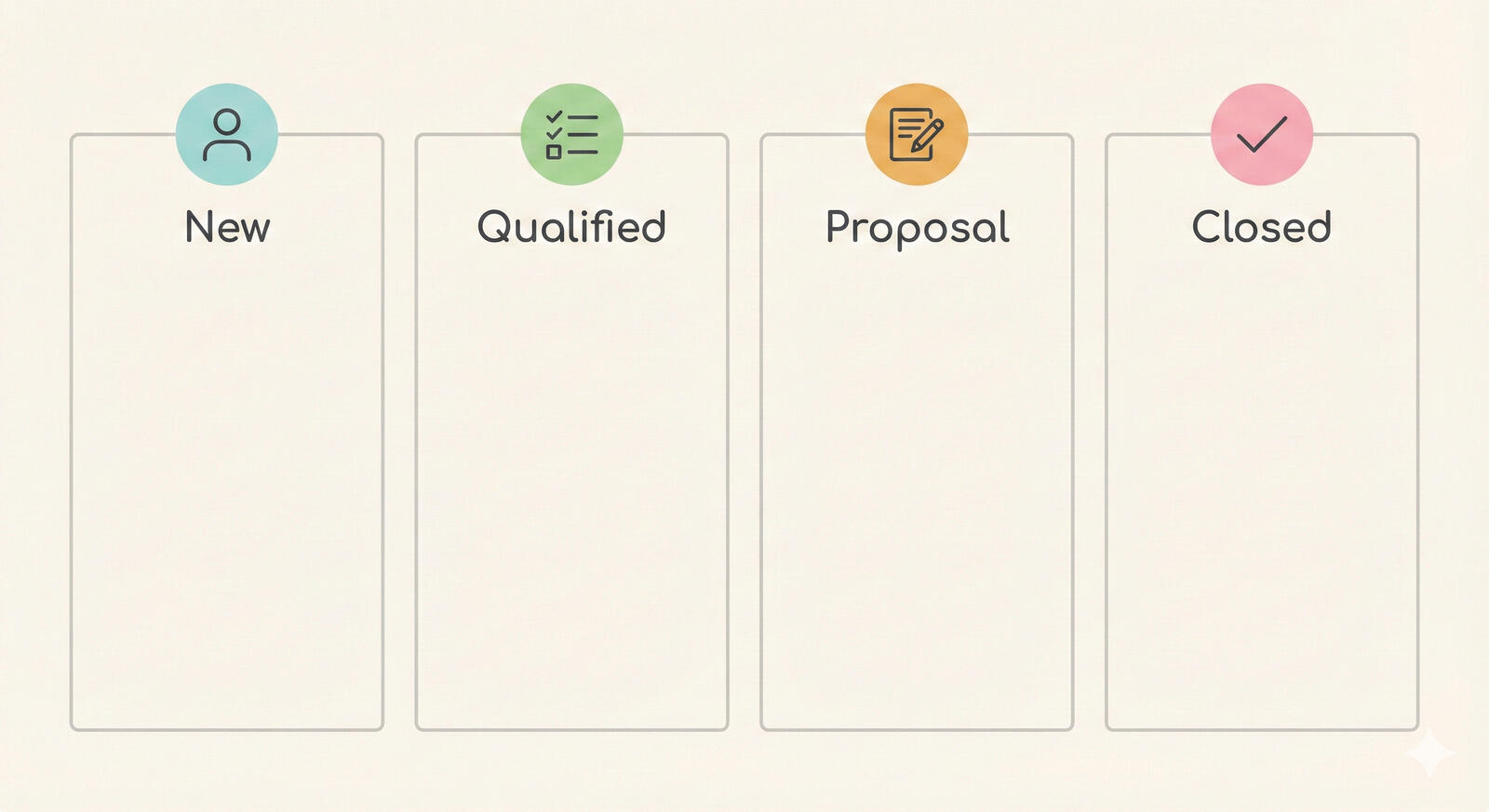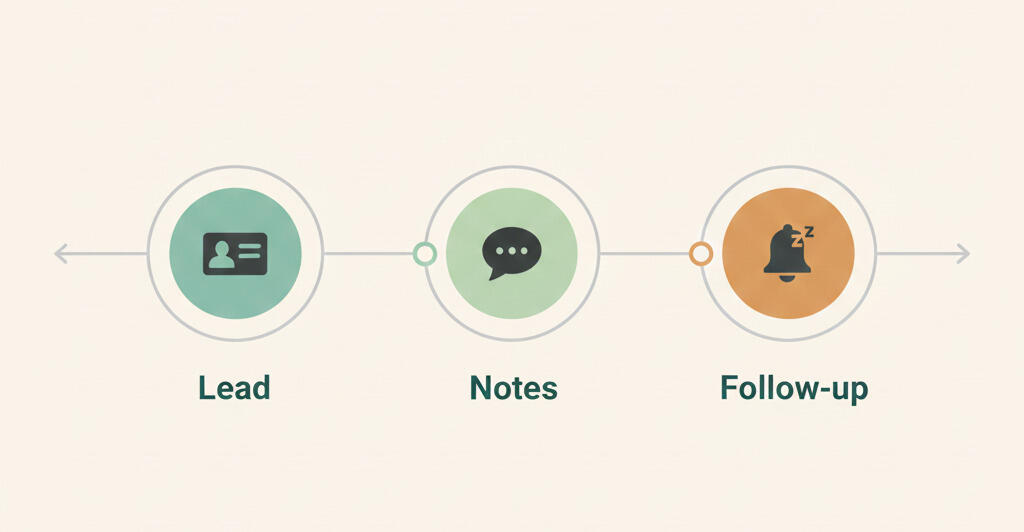How to Avoid Content No One Reads

There’s a lot of content out there. Every day, we create 2.5 quintillion bytes of data.
Some of that data are the emails we send. Other data are blog posts being unleashed into the blogosphere, with the hopes of search engines picking up what we’re laying down and showing it to the searchers.
We’re working tirelessly to produce content; spend hours crafting social media posts and graphics, and days writing in-depth articles.
By the time we’re done, we anxiously refresh the results buttons only to see:
No one’s reading our content.
This is a common scenario. And in this article, we’re going to show you how to avoid content no one reads – and create content that will spread like wildfire.
Let’s take a look!
1. Know Your Audience and Do Your Keyword Research
It always pays to start with the basics. Once we’ve become deeply entrenched in content marketing, it’s easy to stop double-checking if our content is going to be interesting to our audience.
Gut instincts are okay, but they shouldn’t be what you base your decisions on.
Audience Research: The Groundwork for Success
Instead of relying on your gut, perform audience research.
You can even craft buyer personas that sum up the audience you’re trying to attract into one person.
Make sure you don’t just cover the demographic data, but psychographic information as well. Include:
- Their lifestyle
- Behavior
- Favorite online channels
- Aspirations
- Obstacles they are struggling with
Remember: people buy because they want to experience pleasure, or eliminate pain. And understanding how they define each is a great way to create content they’ll love reading.
Keyword Research
If your main method of content distribution and promotion are search engines, it’s time for keyword research.
Even if it isn’t, it’s always a good idea to perform keyword research to understand what your customers are looking for (and what terms they’re using to find it). Then, you can provide them with satisfactory answers through your content.
The easiest way to perform keyword research is with Google’s Keyword Planner tool.
Start with basic keywords, and pay attention to searcher volume. How many people are really looking at these keywords?
If no one’s looking, there’s no use writing content about it.
If the content is really niche or unavailable on search engine results, they may not be turning to Google but to specific message boards or networking sites.
You can also use Answer The Public to find more content ideas based on what your audience is searching for.
Bonus tip: Target long-tail keywords (keywords that contain three words or more). You’ll have better chances of personalizing your content for specific audiences and consequently, enticing them to become your customers.
2. Use Message Boards to Create Interesting Content
Often, people only rely on Google and that’s what leads to writing content no one reads.
Google may be smart, but it’s not the be-all-end-all of content creation and promotion.
If you really want to create awesome content your audience is going to love, you should go directly to the source: your audience.
And in our digital world, you can communicate with plenty of people at once through message boards.
Use Quora and Reddit to Avoid Content No One Reads
Quora is one of the best sources for finding fresh topics people want to read about. Every day, millions of questions are being posed on the site. It’s up to you whether you’ll create content that responds to them.
Typically, Quora answers are around 200-300 words. This is a lot longer than your average tweet, so you can use Quora for publishing thought-out answers or even content itself.
However, it works best if you answer relevant questions clearly and concisely (with a little bit of humor and flair, of course).
Then you can link to a longer content piece if it’s relevant to the question.
Reddit is another great source of topics. While Reddit users don’t like self-promotion or advertising, they do like talking about things they care about.
There are thousands of interest-based communities on the platform.
Additionally, Reddit users are always one of the first to discover things which start trending later on. In fact, the platform is responsible for a lot of viral content.
It’s great for creativity, too!
Plus, you’ll get direct access to your target audience – no matter how niche it is. You’ll be right there to gauge what they really want to read about.
3. Make a Promotion Plan for Your Content
While content should technically be a way to promote your product, you also have to promote your content. Sounds like a conundrum, right?
It doesn’t have to be.
When you’re sure that a content piece you’ve posted is valuable and interesting, you can’t just leave its success up to bots. You have to spread it like wildfire.
Otherwise, you could have a great piece of content that no one reads because they’re not seeing it.
Social Media Content Promotion
First, target social networks.
Make different copies and graphics for each posts. You can use Breeze for organization and scheduling so you stay on track.
Then, schedule different rounds of post promotion. Don’t just share it once and call it a day. Re-share it a few times, especially if you see the post is performing well.
Use hashtags and native features of each platform.
For example, start an Instagram Stories conversation about your content through question and quiz features.
Use Twitter polls and Facebook groups. If you want to dig deeper into the results, a Twitter scraper can help you pull responses and find trends..
And have a bit of fun with it, of course!
Outreach
Reach out to and connect with influencers.
Every platform, industry and niche has its influencers. These aren’t your run-of-the-mill, Instagram-sponsored-posts types.
Instead, they are people whose expertise your audience trusts. When they share your post, not only will your audience see it, but they’ll perceive it as more valuable than if they had simply found it through Google search.
However, you can’t just ask them to promote your post. Instead, connect with them first. Engage with their content, start a conversation about similar interests.
When they’ve followed you back and when you’ve built rapport with them, only then can you ask them to take a look at your content.
If you’re not sure how to find influencers for your niche, use BuzzSumo. You can filter by popular pieces of content and identify influencers who amplified (shared) it.
You can also look for guest-posting opportunities.
Make a list of trusted industry sites and search for their guest posting section. Come up with a topic idea they’d be interested in and pitch it to them.
Finally, you can ask sites and bloggers to include your content in their articles or lists. If it provides additional value.
This is especially beneficial for older articles that could use fresh new information. They may have linked to an outdated blog post.
So if your new post is going in more depth and acknowledging new developments, pitch it.
4. Outperform Your Competitors
Outperforming your competitors doesn’t necessarily have to be a goal. It can be a means to an end, as well.
In content marketing, there’s a little something called the skyscraper technique.
It was originally created by Brian Dean of Backlinko, and it relies on researching search results for your target keywords, identifying gaps in that content, and creating better posts.
So let’s say you want to target “email marketing software.”
Some posts in the search results for that keyword talk about automation. Others talk about scheduling. The third kind talk about content.
What you can do here is create a resource that talks about all three. It’s all within the domain of the topic your audience is searching for, but it’s more extensive.
The searchers don’t have to go through dozens of results to get all the information they want.
Instead, they can find it all in one place.
Plus, creating these kind of resources with the skyscraper technique is a great way to improve your outreach efforts and make sure that everyone’s seeing (and loving) your content.
Content that no one reads: successfully avoided!
5. Use Evergreen Content and Trends to Improve Relevance and Value
Good content should be two things: relevant and personal.
When your potential customer is reading your content, they should feel like you understand their particular problem.
Now, this can be achieved through keyword research and good content writing that focuses on one need only.
But if you want to make use of trending topics to improve the relevance of your content to your leads, you can also use a practice called newsjacking.
If something big is happening in your industry, respond to it with content. Be that social media posts (for not-so-monumental things) or in-depth blog posts.
You can draw parallels between current events and future possibilities, based on those events you’ve “jacked.”
You can use newsjacking satirically, too.
For example, a post using an unpopular politician as a metaphor for a disliked aspect of marketing can be a great read for marketers.
Evergreen Content
The best content is usually evergreen content:
Evergreen content is content that is always relevant—much like the way evergreen trees retain their leaves all year around.
Typically, this is content that talks about the basics of something.
For example, if you sell knitting supplies, your evergreen content would be a how-to guide for those who want to try knitting for the first time.
It’ll always be relevant (unless someone starts using chopsticks instead of needles).
However, some content is seasonal.
It’s popular at one point in the year and then there’s nothing, nada, zero, zilch.
Until the next year comes and it starts spreading like wildfire again.
Keep an Eye on Hashtags
In order to constantly re-promote your evergreen content, you have to keep an eye on social media (and general) trends.
If there’s a conference on email marketing in your vicinity and you have a post on email marketing, use the special hashtag to re-promote your content.
If you have a holiday gift-giving guide, update it and re-share it when Christmas rolls around.
Stay up to date on trends and events taking place in your industry or niche. This way, you’ll make sure that your great piece of content is read.
With bots or without them.
6. Adjust Your Tone, Style and Format
Sometimes, it can be the tone of your content that puts people off.
An overly formal post about cooking, overly humorous article on foreign exchange, or a power drill buyer’s guide that uses Gen Z slang… Chances are, these aren’t going to be very well read.
This is why you should always keep your target audience in mind when writing.
If they respond well to humor, go with it. However, if you’ve noticed they drop off after a particularly risqué phrase, avoid it in the future.
In some cases, your content isn’t read because the style and the format aren’t well-suited to the audience you are trying to attract.
Pay attention to whether your audience prefers written content or videos. Maybe a long list of statistics would be better off put as an infographic to avoid inundating your busy prospects.
And when you’re creating your posts, make sure they are easy to read:
- Avoid long paragraphs and long sentences
- Add multiple headlines
- Use bold, italic and images
Make reading your content a stimulating experience – not a boring one.
Your first paragraph should contain information that reinforces the visitor’s intent. If they came here to read about knitting patterns, confirm that that’s what they will, indeed, do.
Separate different sub-topics with clear headlines.
And then wow them with your content!
7. Perform Your Own Research
Plenty of information is publicly available. We can read encyclopedias with millions of pages with just a click of our mouse.
And yet, a lot of business owners repeat the same information people have read on many others sites.
So avoid parroting what everyone else is saying.
As a business owner – heck, as a human person – you have your own experiences. Share your stories, anecdotes, and make your audience connect to you on a human level.
You can even perform your own research about an interesting topic and then publish it as a blog post. This is especially useful if you have a lot of customers already. Ask them for their opinion and then discuss it on your blog.
You can bet that, when a new prospect comes across such an interesting article, they’ll grab their popcorn and settle in.
And that, of course, is the goal.
Happy writing!








